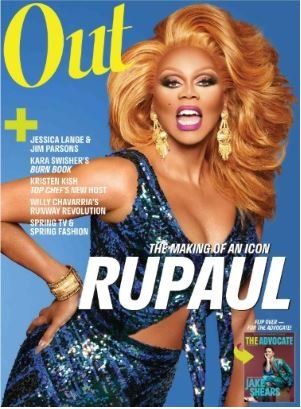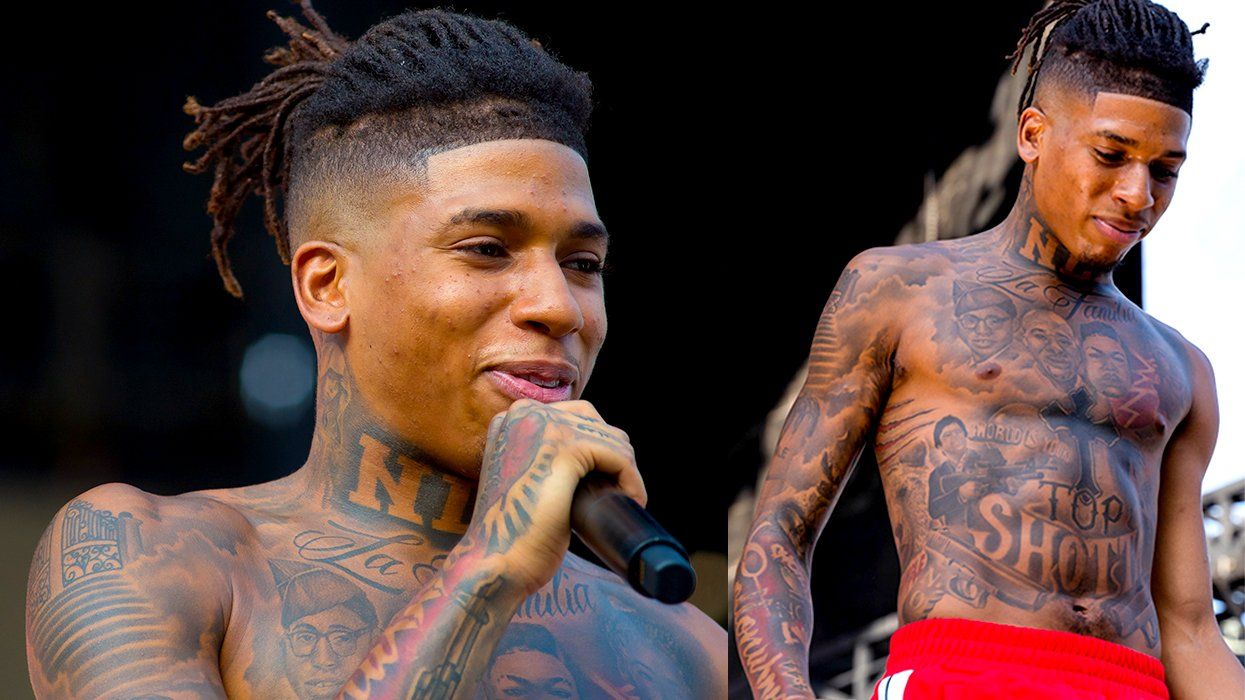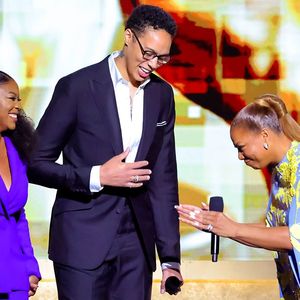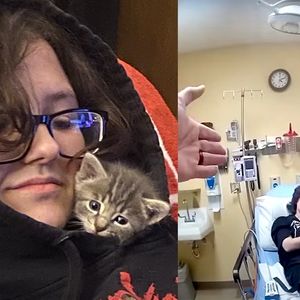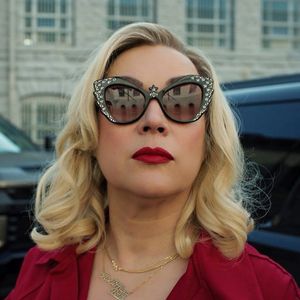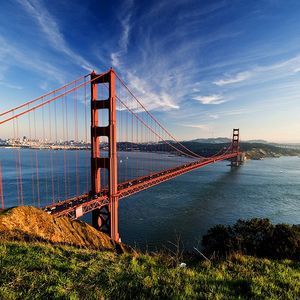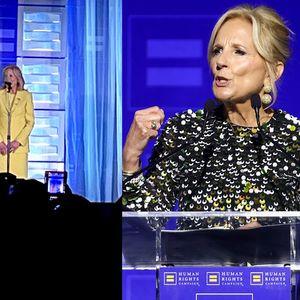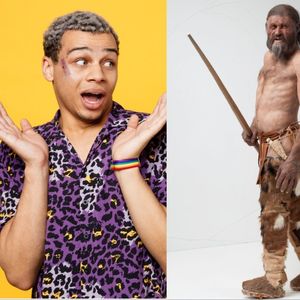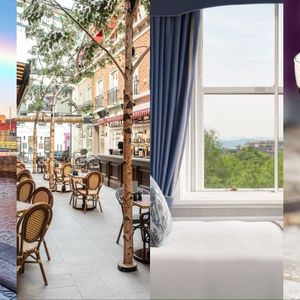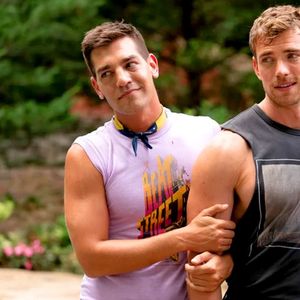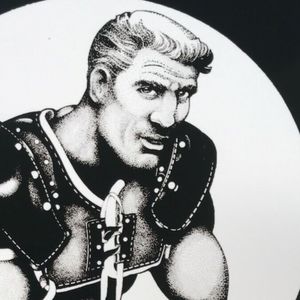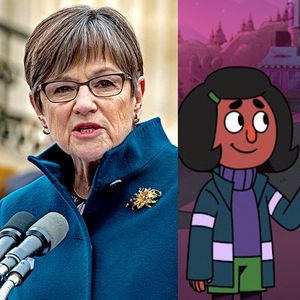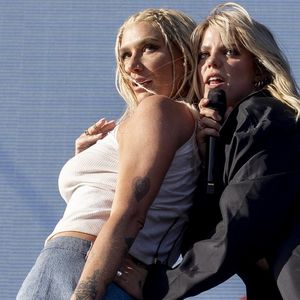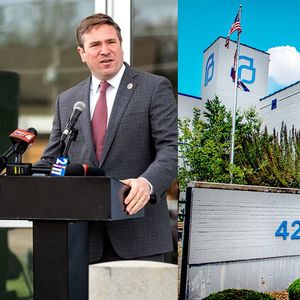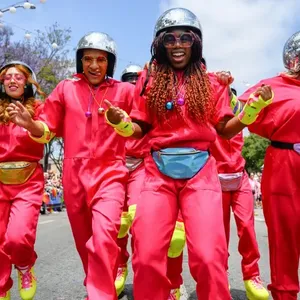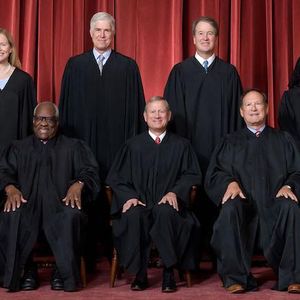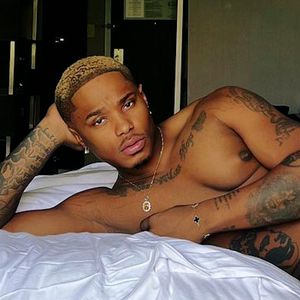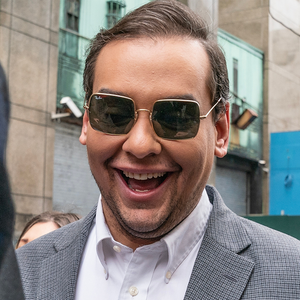Entertainment
CONTACTStaffCAREER OPPORTUNITIESADVERTISE WITH USPRIVACY POLICYPRIVACY PREFERENCESTERMS OF USELEGAL NOTICE
© 2024 Pride Publishing Inc.
All Rights reserved
All Rights reserved
By continuing to use our site, you agree to our Private Policy and Terms of Use.
We get that the world is constantly changing and evolvingdespite the best efforts of the president and the religious wrong. That said, when you dont pay attention to the past, youre bound to repeat its mistakes. Unfortunately, you arent going to read about queer life in most of the textbooks out there. So here are four easily digestible morsels of (dare we use such a horrific term) gay history young queers would do well to learn. Bush cant stay in office forever, right? Umright??
Yes, Stonewall is a bar but
Many queer New Yorkers and tourists have been inside the Stonewall Bar on Christopher Street in the West Village. However, Stonewall (well, actually the original Stonewall, which was kinda next door to the current one) was the site of the first major gay civil rights uprising back in 1969. Some say the whole June eventcalled the Stonewall riotswas triggered by queers mourning the loss of Judy Garland and sick of getting attacked by crooked cops. In any case, it was the birthplace of the gay pride movement. And while some people think pride is tacky, lame, and over, there was a time before the Internet and Will & Grace when we had to hide out in crummy little bars. And since there are people who would like us back in that time, its important to know the roots of Pride so we never have to hide again. That said, we do not encourage you to wear rainbow-emblazoned clothing.
ACT UP isnt just what you do when youre mad at your parents.
In the mid-1980s, the U.S. government was doing squat about the AIDS crisis. (Which is just a little less than theyre doing now.) President Reagan wouldnt even say the friggin word AIDS. While some gay folk tried to ingratiate themselves into the political structure where they could affect change, others formed an activist group called the AIDS Coalition to Unleash PowerACT UPwhich used actions rather than just words to get attention to the thousands of people (many of them gay) suffering with AIDS and HIV. One of their most notorious actions (as their protests were called) was Stop the Church in December of 1989, when over 5,000 people protested in front of St. Patricks Cathedral in New York City, and several members who went inside the cathedral were arrested. So while much good work has been done since then, ACT UP opened up millions of peoples eyes to a crisis they didnt want to see.
There werent always openly gay people on TV!
As shocking as that might be, there was a time when (as Margaret Cho says) all we had was Wayland Flowers. Since many of you will have no idea who that is, lets just laugh at the funny name and move on. Gay characters on television were nonexistent until just a few years ago. 1972 brought the first gay character to U.S. television (on a long-forgotten show called The Corner Bar), and in 1973 PBS gave us TVs first gay reality television star, Lance Loud of An American Family. And for many years, gays on TV were relegated to negative stereotypes and bit parts. Were not asking you to run up and hug a network executive or anything, but know that one of the reasons its so cool there are gay characters on TV is because once there werent.
What the heck is a Mattachine?
If the Mattachine Society sounds to you like a group that should meet next to the Kiwanis Club, listen up. The Mattachine Society was one of the earliest gay rights organizations. Founded by gay rights pioneer Harry Hay, Mattachine took its name from a medieval French society, which conducted frivolity during the Feast of Fools. They always wore masks in public, and Hay saw homosexuals as a masked society. While we dont wear masks now, it took Hay two years just to find one other person to join his group, which took the name Mattachine in 1950. The group eventually grew to over 5,000 members across the country but fizzled out after the Stonewall riots. Still, Mattachine helped pave the way for contemporary gay rights groups like the Human Rights Campaign, GLAAD, and Lambda Legal.
Want more breaking equality news & trending entertainment stories?
Check out our NEW 24/7 streaming service: the Advocate Channel!
Download the Advocate Channel App for your mobile phone and your favorite streaming device!
From our Sponsors
Most Popular
38 Male Celebs Who Did Full Frontal Scenes
November 17 2023 5:18 PM
These are all the celebrities Who came out as LGBTQ+ in 2023
December 31 2023 12:19 PM
These Pics Prove Maluma Has Always Been a Certified Daddy
October 20 2023 1:13 PM
32 LGBTQ+ Celebs You Can Follow on OnlyFans
October 25 2023 3:15 PM
26 actors who showed bare ass in movies & TV shows
February 28 2024 1:50 PM
16 Times Celebrity Men Had to Say They Weren't Gay
February 29 2024 1:19 PM
21 LGBTQ+ reality dating shows & where to watch them
April 03 2024 4:01 PM
15 Unforgettable Gay Kissing Scenes From TV & Movies
February 14 2024 10:20 AM
14 queens who quit or retired from drag after 'RuPaul's Drag Race'
April 04 2024 12:56 PM
40 steamy celebrity Calvin Klein ads we'll always be thirsty for
January 04 2024 10:54 AM
Watch Now: Advocate Channel
Trending Stories & News
For more news and videos on advocatechannel.com, click here.
Trending Stories & News
For more news and videos on advocatechannel.com, click here.
Latest Stories
April 15, 2024
17h
Elevating pet care with TrueBlue’s all-natural ingredients
April 12 2024 1:39 PM
Here's how you can watch Pedro Pascal & Ethan Hawke's underrated gay cowboy movie
April 12 2024 12:40 PM
April 12, 2024
April 12 2024 12:14 PM
Creating erotic art and advocacy with adult entertainer Cody Silver (EXCLUSIVE)
April 12 2024 11:38 AM
'Challengers' sets a new bar for sexy sports movies—but how gay is it?
April 11 2024 3:19 PM

